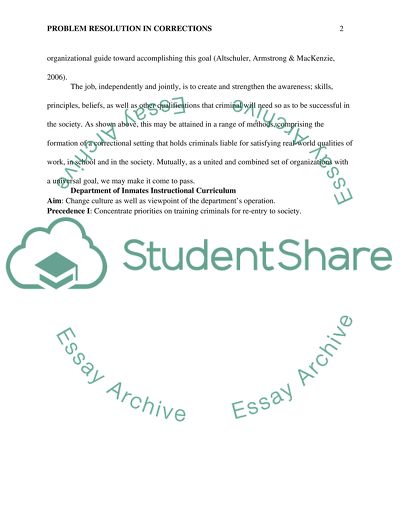Cite this document
(“Problem Resolution in Corrections Research Paper”, n.d.)
Problem Resolution in Corrections Research Paper. Retrieved from https://studentshare.org/law/1693920-problem-resolution-in-corrections
Problem Resolution in Corrections Research Paper. Retrieved from https://studentshare.org/law/1693920-problem-resolution-in-corrections
(Problem Resolution in Corrections Research Paper)
Problem Resolution in Corrections Research Paper. https://studentshare.org/law/1693920-problem-resolution-in-corrections.
Problem Resolution in Corrections Research Paper. https://studentshare.org/law/1693920-problem-resolution-in-corrections.
“Problem Resolution in Corrections Research Paper”, n.d. https://studentshare.org/law/1693920-problem-resolution-in-corrections.


